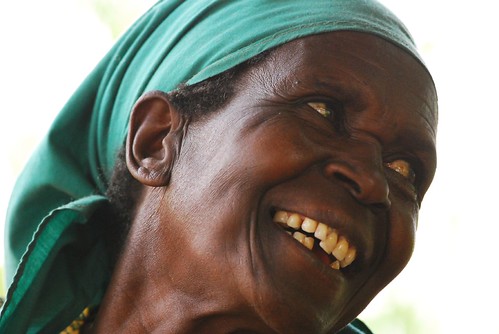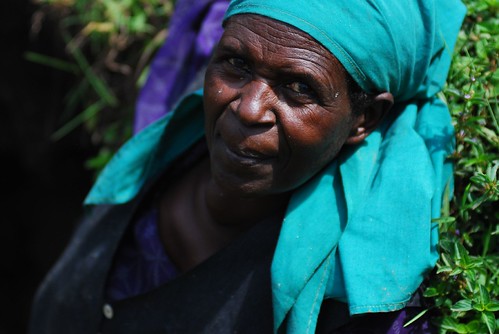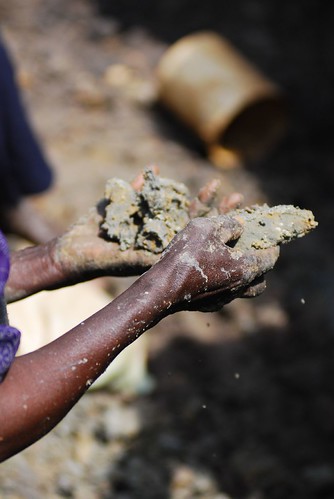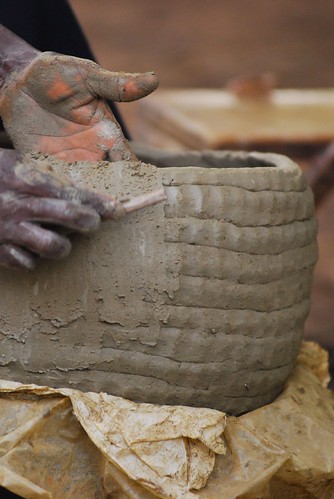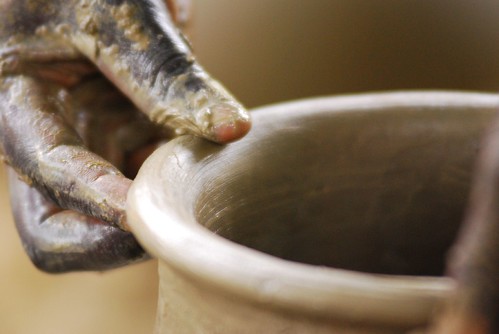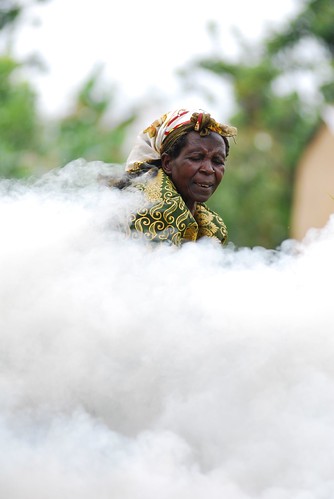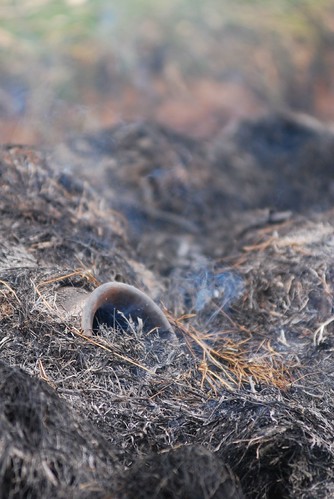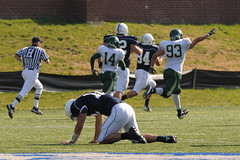I think a good picture awakens an emotion. Sometimes its the pure glee and phantom giggles we might experience with a brilliant shot of a small child. Other times it might be the damp streak left by a tear drop that causes us to hurt.
Then again, some photos are just cool.
This is especially true with sports photos. Action, action and more action is the name of the game. Split second captures reveal human bodies in flex and contorted in strange ways. Human faces are caught in moments of pain and exertion that often are comical.
This photo here did not make it into the paper. Indeed, we of the losing team do not want to remember these moments of, well, failure. Nevertheless, as I fumbled with a loaned D700 and 400mm lens, this was one of my favorite captures.
The two scenes are juxtaposed in so many ways that subtly lead to our understanding of what's going on. The quarterback "faces" the left and the team is running right. The team is up, the quarterback down, in every sense of the word. Finally, his back lies bent, his body nearly flaccid as he recovers. No. 93, however, thrusts his arm straight outward as his team scores.
We see, at once, utter loss (if not shame) and pure celebration. I think this photo comes across as both emotional and cool, as it were; visceral in its dramatic juxtaposition.

